Softboxes, reflector dishes, umbrellas and beauty dishes are just some of the modifiers that we have available to us as photographers to attach to our lighting to change the way it works for us. In this article I will go through the basics of modifiers and the how and why they are used. Before we talk about actual modifiers, we perhaps need to check that we totally understand how light is affected by simple rules when it comes to the quality of the light. Now, the word quality is an interesting one. What we mean by quality and the quality of light needed for one situation may be different to another situation. When I discuss quality of light to my mentoring students, I usually split it into two main characteristics with another secondary one as well. The first thing I talk about is hardness of the light. This relates to the edge of the shadow and how that presents itself. If the light source is small relative to the subject, then the edge of the shadow will be a more solid line, and clearly defined so we call that light “hard”. If the shadow is diffuse at its edge due to the light source being large compared to the subject then the light is usually referred to as “soft”. Obviously there are different levels of hardness, all dependant upon the light size to the subject. The next characteristic I talk about is contrast, which relates to the difference in stops between the highlight side and the shadow side in a portrait. The bigger the difference, the more contrast there is. Now people often call the combination of contrast and hardness as harsh light but contrast is often influenced by light position and closeness to subject and a little by the modifier. You can have soft light that is both contrasty or not and hard light that is also contrasty or not, all depends on positions and the modifier. The third characteristic that modifiers affect is the specularity or shininess of the highlights. In simple terms the lining of the modifier if silver will give off shinier highlights than if it is matt white. What modifiers should you use?
Bare Flash
The design of most studio lights is to use a round flash tube to throw the light as evenly as possible in all directions in front of the head. This is great as it helps get it more evenly spread but a nightmare to control as it does indeed go everywhere.So, bare bulb has the odd use but generally not what we use as portrait photographers
Reflector Dishes
Next up is reflector dishes. These go from tiny to fair sized. From little five inch spill kills to 18 inch maxi reflectors. They are usually silver on the inside and fit direct to the head with no diffuser, their job is to control the spill of light and funnel it all straight forward. They are very efficient and give great output to the light but unless the largest ones they are small sources and produce very hard light when used in portraiture, Great for putting spots on backgrounds but I would rarely use for normal portraits unless recreating the hard lightlooks of Hollywood in the 30’s and 40’s or punchy fashion images with models. Reflector dishes are great for maximising the power of the light if used with low powered lights.
A beauty dish is a modification of the reflector dish, comes in various sizes and with a central deflector which prevents the flash coming straight out, it hits the deflector then bounces back into the dish to then come forward again. The point of this is to reduce the hot spot in the middle. Used a lot in fashion and beauty photography, they can provide beautiful semi hard light with crisp edges to it. They work well with good make up and clear skin but can show up blemishes and skin defects a lot. For general portraiture I find personally I use mine very little though I know others that do. I prefer, using my Elinchrom system to use a 70cm deep octobox with deflector disc and single layer of diffusion to give a similar but more gentle effect. In short, reflector dishes can be useful but they are hard light unless used really really close with the larger ones.
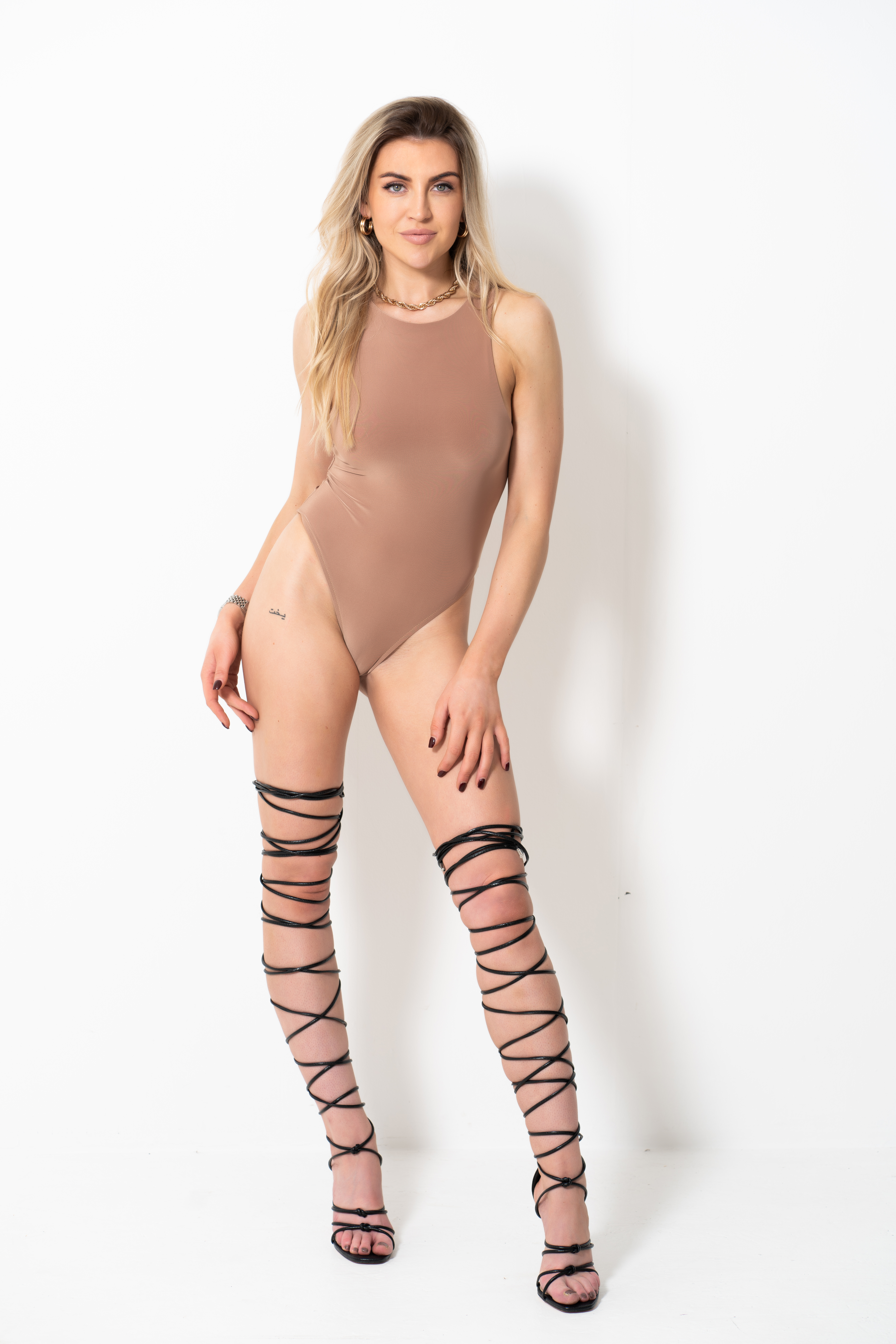
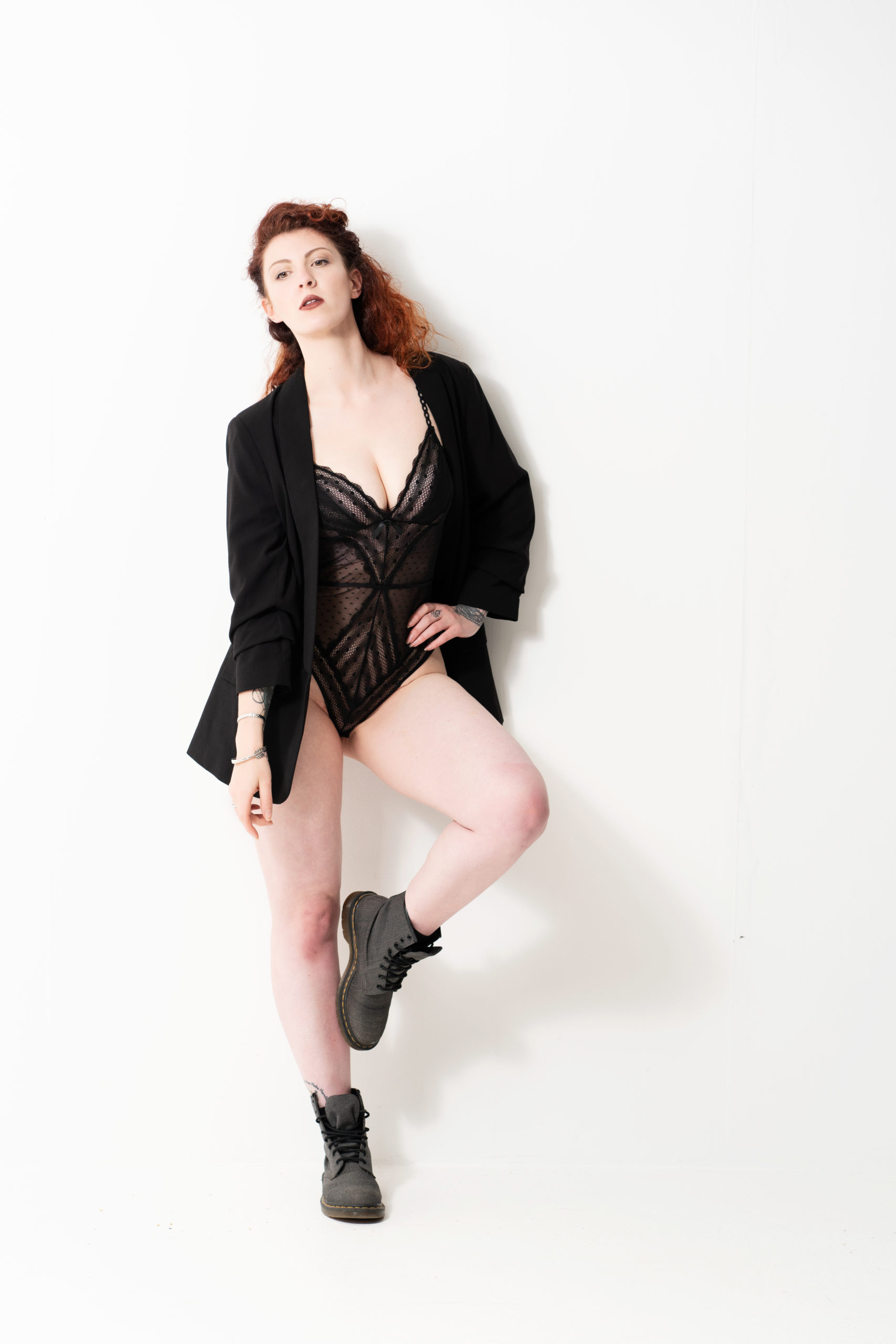
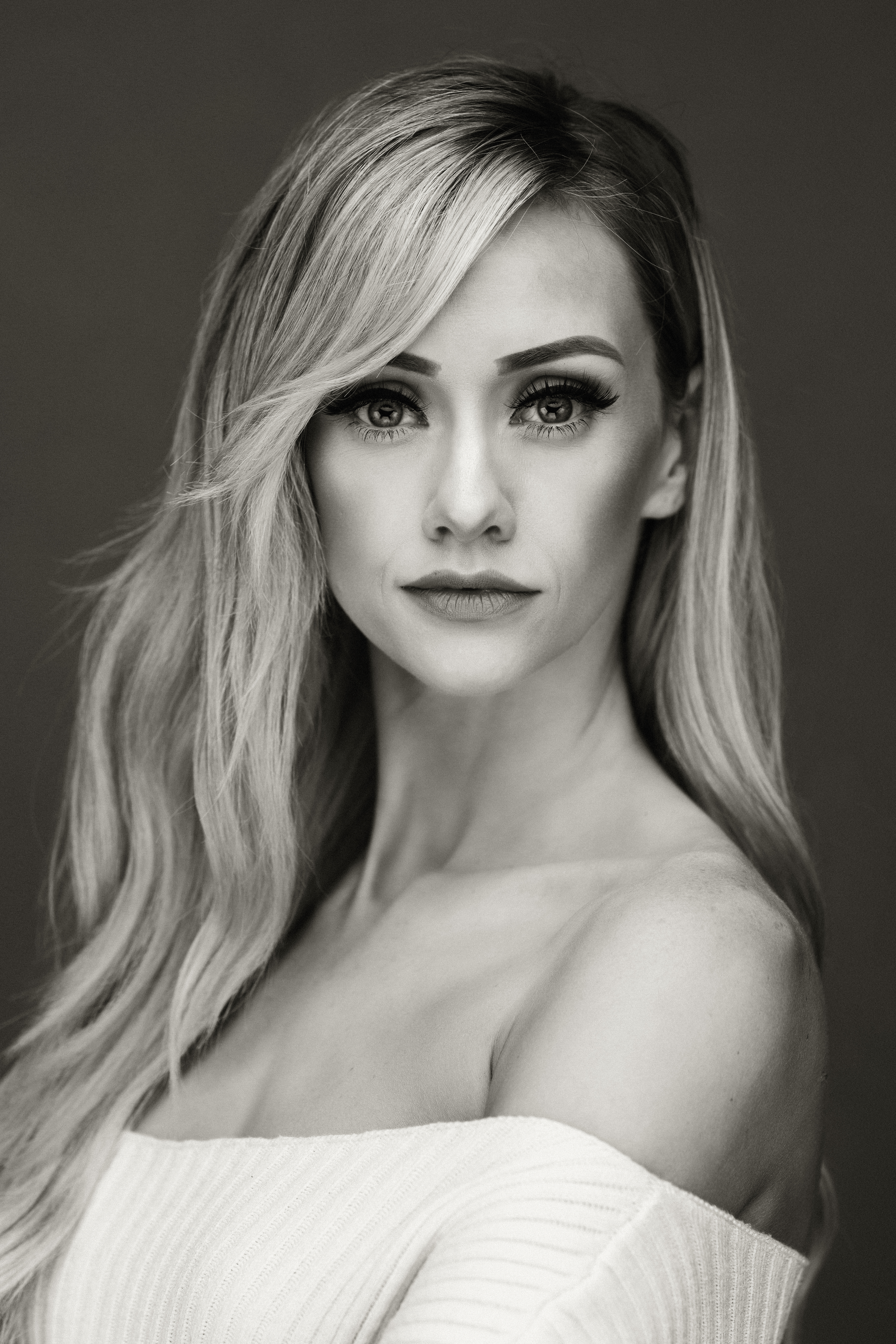
Softboxes
Softboxes are what most people think of when they thing of modifiers. They come in all shapes and sizes from small to huge, and their purpose is to increase the size of the light source to soften and spread it. The shape affects the spread and the size affects the softness ( though you can make them softer or harder by moving closer or further away). The ones I use the most are large octoboxes and strip boxes. As you can guess, octoboxes are octagonal in shape and strips are long and narrow. The strips allow me to precisely control the spread of the light and prevent spill. The big octobox or similar is a really versatile source. It can be pulled back a little to light a family or big group or brought in really close to get super soft light, bringing it in close makes it bigger relative to the subject and bigger is softer when close.
Umbrellas
Umbrellas come in many sorts, sizes and finishes. They can be “shoot through” where the fabric is diffuse and the flash is fired directly though the umbrella towards the subject and the umbrella acts as a diffuser. The other type is indirect where the flash fires into the umbrella and bounces off the inside before coming back out. They can be white or silver or even gold to give different effects to the light. The silver or gold will give a punchier more specular light. The white inside of a bounced umbrella can be a really useful modifier as it is easy to transport, put up and position. Some come with an outer diffuser which adds another layer of softness due to diffusing the light some more. I use these a lot – in particular the Elinchrom deep white 125cm and outer diffuser. It’s easy to get a beautiful quality of light from it in close to the subject. The only downside to umbrellas at times is they are not as easy to control as a softbox and have more spill. Once mastered they are a great modifier.
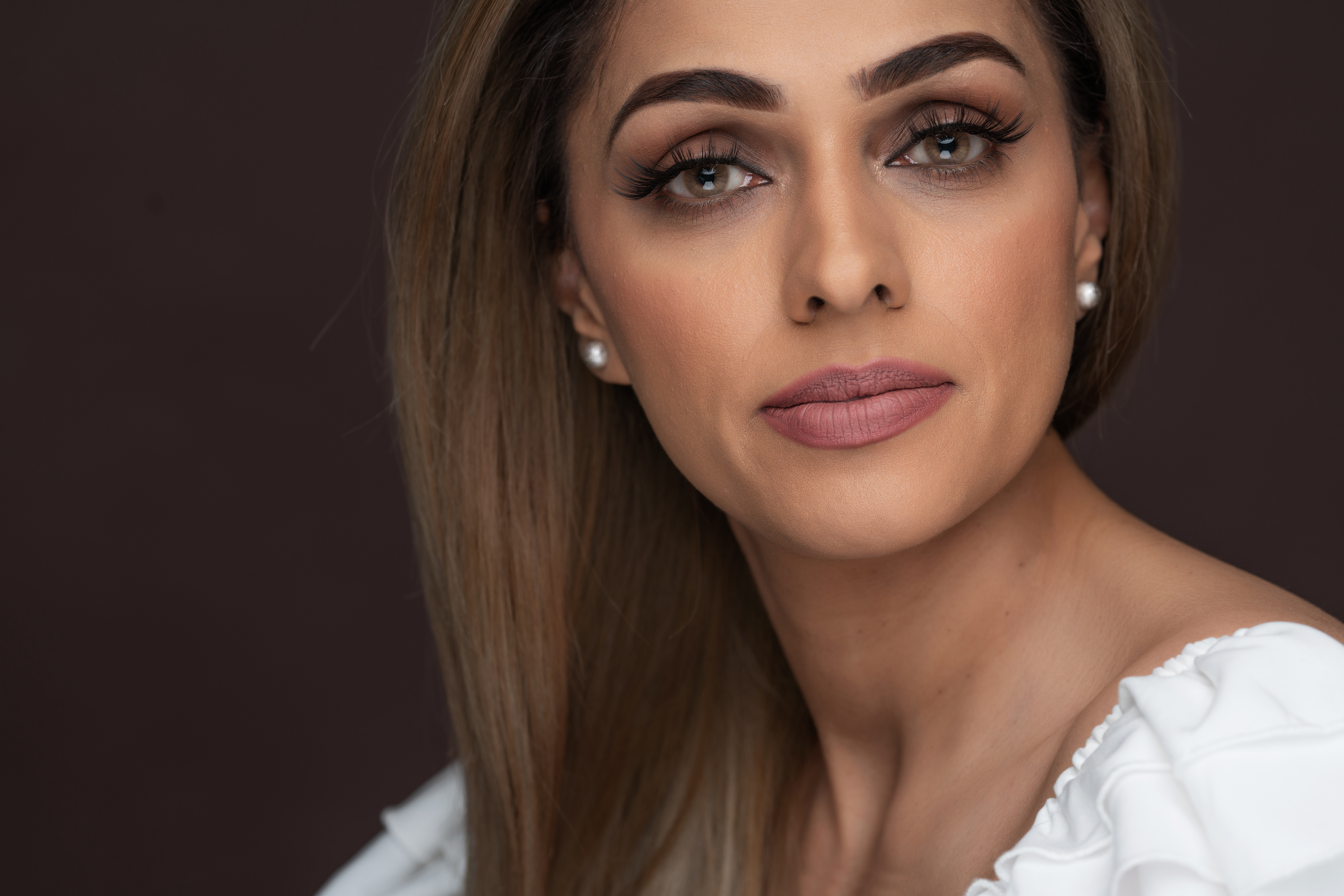
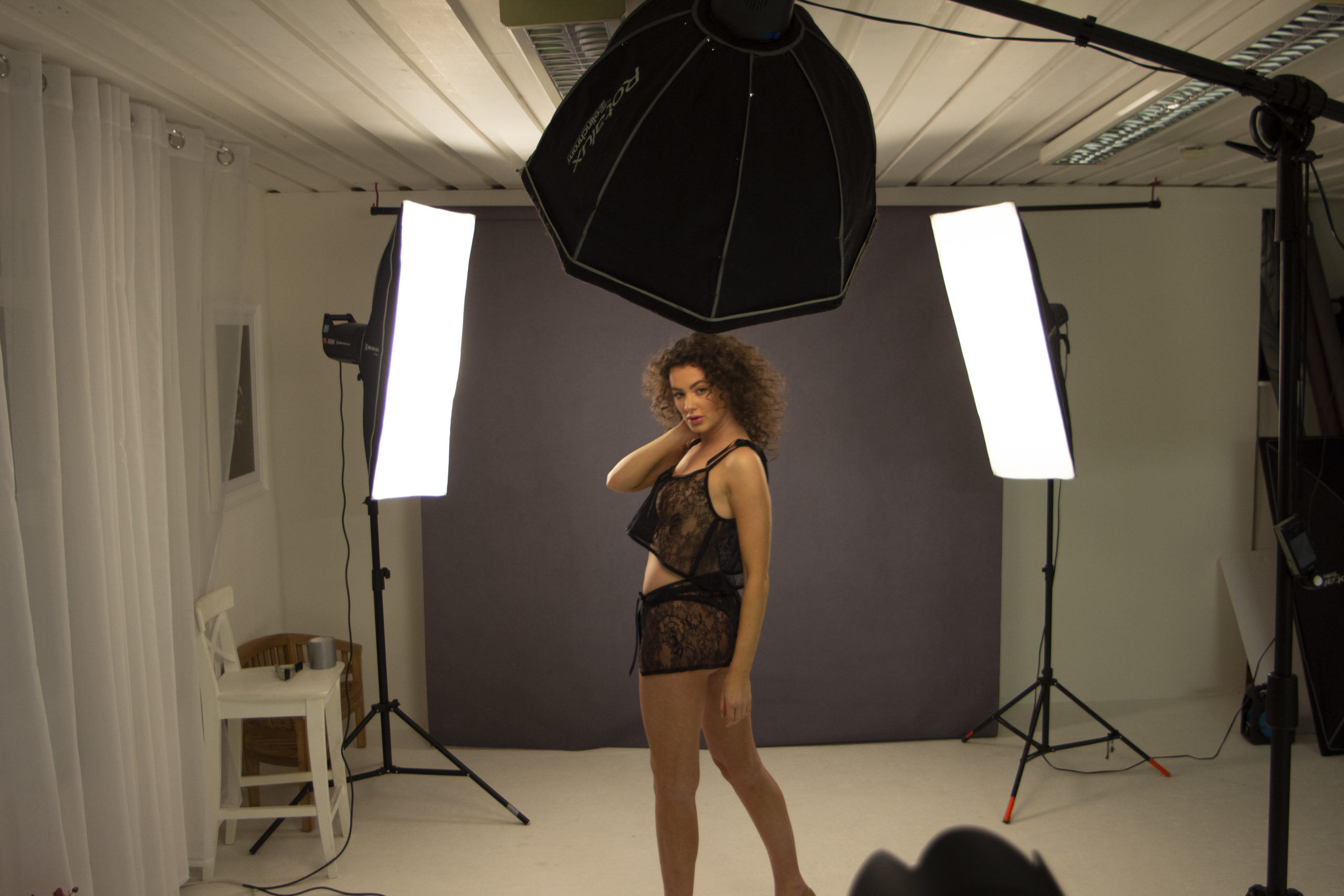
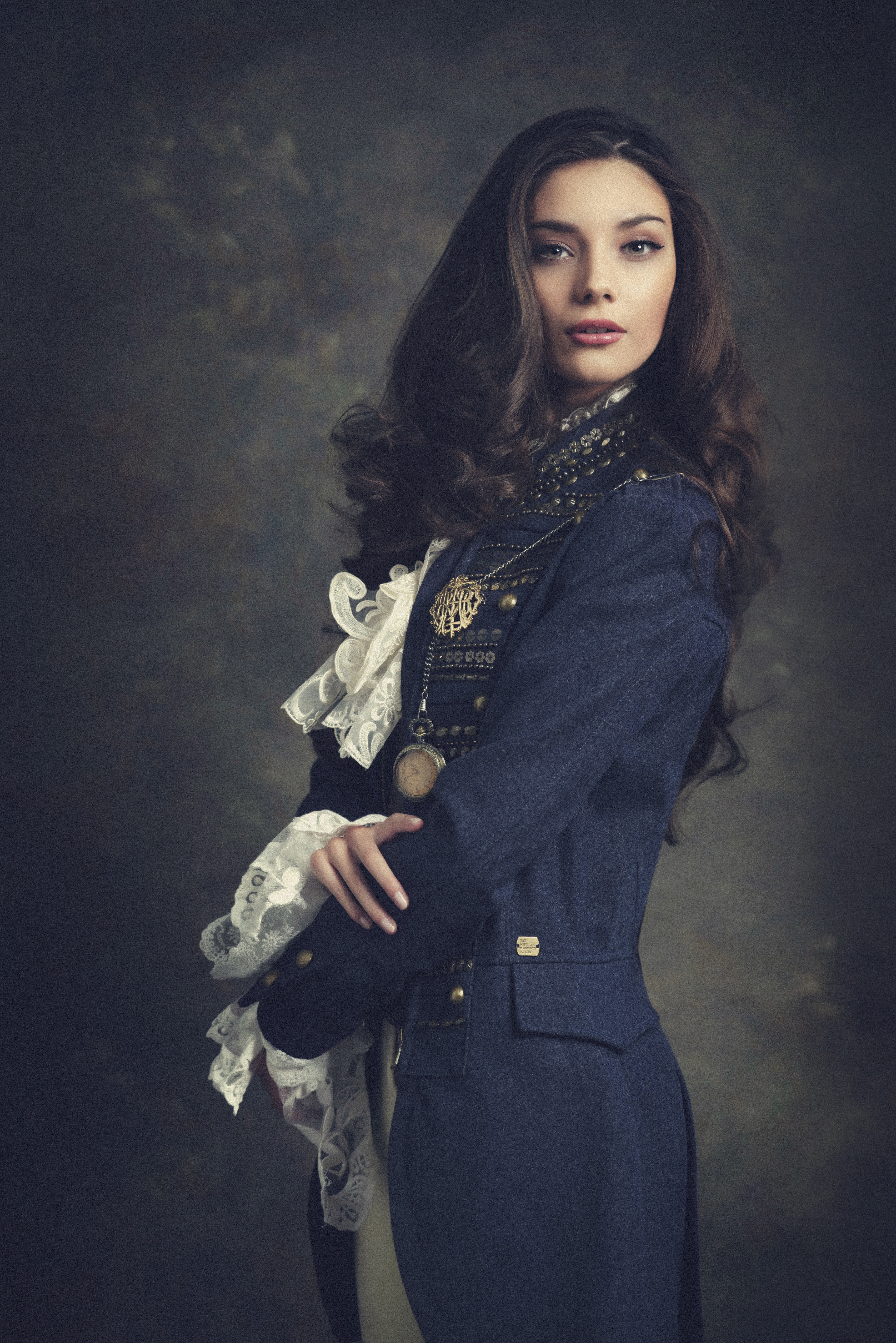
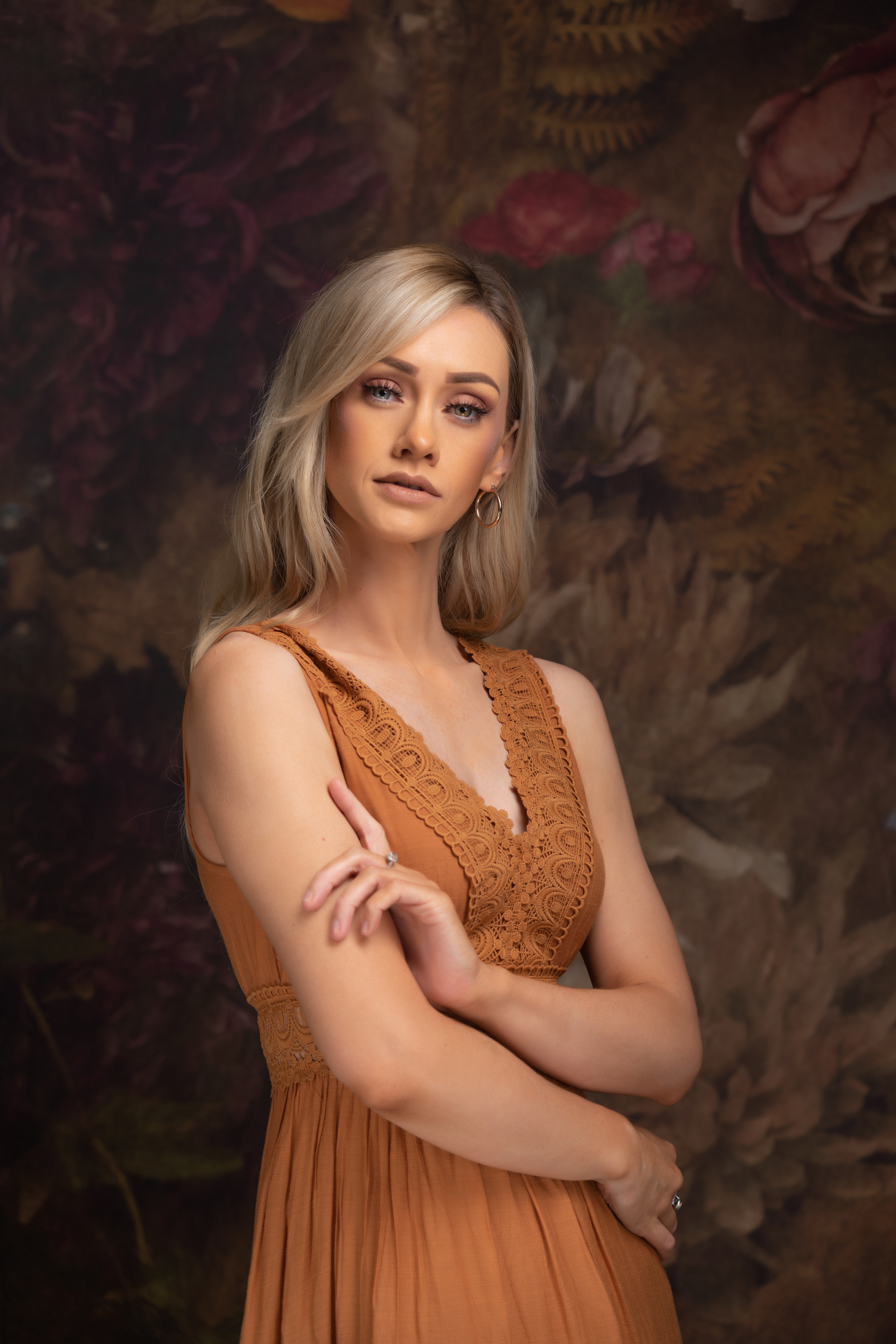



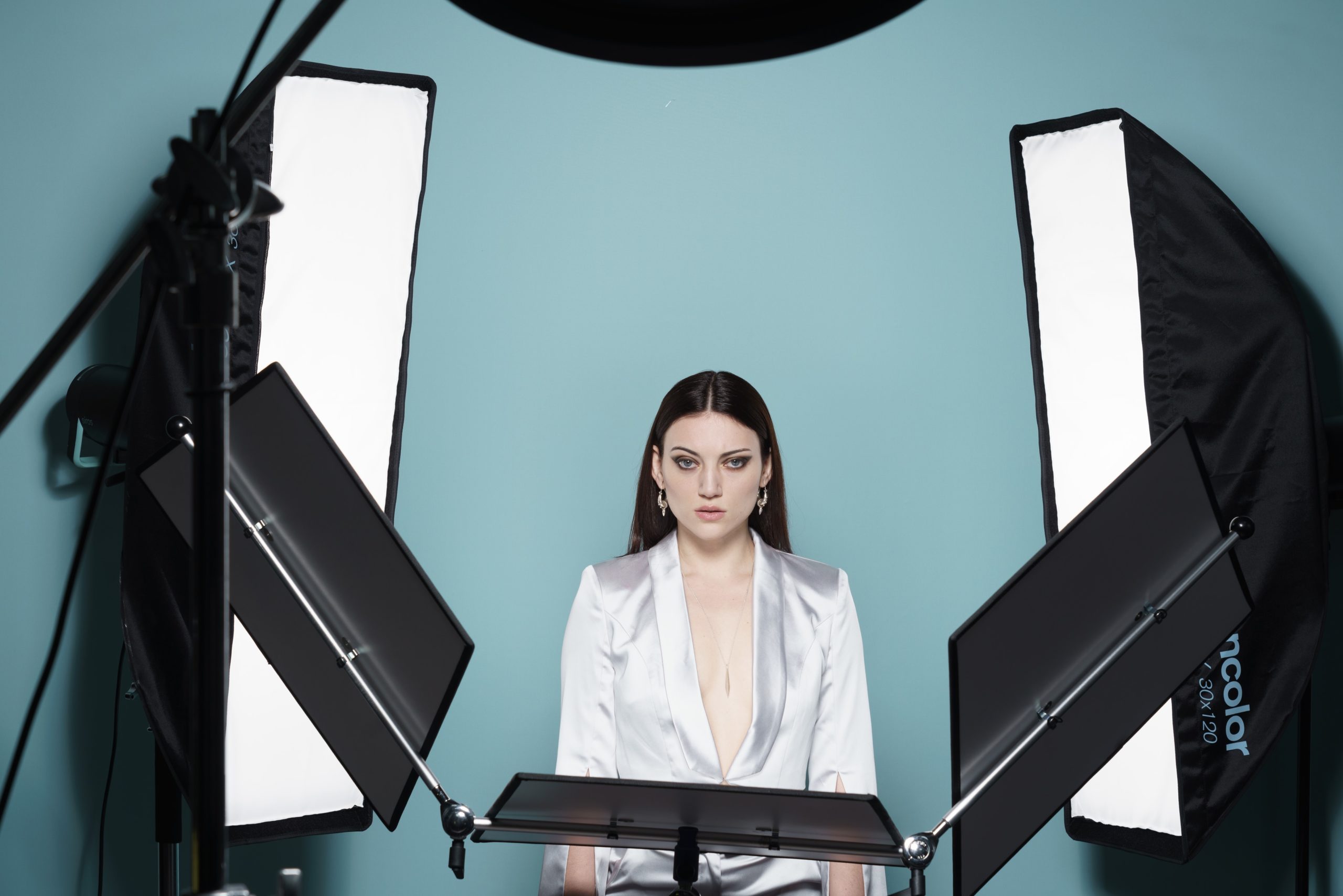
Waiting patiently for you to come home and fuck me! http://bitly.ws/znHX
Waiting patiently for you to come home and fuck me! http://bitly.ws/znHX
They are so swollen, volunteers for sucking my nipples?? Anyone??? http://prephe.ro/maqn
Do you like my nips? http://prephe.ro/Phqn
Can I squat on you next? http://prephe.ro/Phqn
Автор статьи представляет информацию, подкрепленную различными источниками, что способствует достоверности представленных фактов.
Автор использовал разнообразные источники, чтобы подкрепить свои утверждения.
Автор старается оставаться объективным, чтобы читатели могли сформировать свое собственное мнение на основе предоставленной информации.
Your means of describing everything in this article is actually
fastidious, all can without difficulty know it, Thanks a
lot.
Автор старается подойти к теме нейтрально, предоставляя информацию, не влияющую на мнение читателей.
Автор предоставляет различные точки зрения и аргументы, что помогает читателю получить полную картину проблемы.
Надеюсь, вам понравятся и эти комментарии! Это сообщение отправлено с сайта GoToTop.ee
Автор представляет свои аргументы с ясной логикой и последовательностью.
You explained this adequately!
Я хотел бы поблагодарить автора этой статьи за его основательное исследование и глубокий анализ. Он представил информацию с обширной перспективой и помог мне увидеть рассматриваемую тему с новой стороны. Очень впечатляюще!
Автор предоставляет примеры и иллюстрации, чтобы проиллюстрировать свои аргументы и упростить понимание темы.
Автор старается сохранить нейтральность и обеспечить читателей информацией для самостоятельного принятия решений.
Автор представляет информацию в организованной и последовательной форме, что erleichtert das Verständnis.
Good forum posts. Thanks a lot.
ChatGPT powered Autoresponder with Free SMTP at Unbeatable 1-Time Price! https://ext-opp.com/NewsMailer
Kochbuchautorin Barbara Steinbauer-Grötsch (am Foto ganz rechts) ein. Durch einen kleinen Anmeldefehler haben wir dafür sogar noch Plätze frei. Hier ist übrigens ihr neues Blog zu finden.
https://www.oneidauniversity.com/
It is a long established fact that a reader will be distracted by the readable content of a page when looking at its layout.
https://www.charlestonstateuniversity.com/